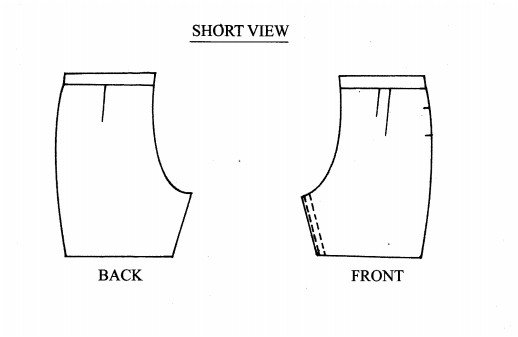KNEC KCSE Past Papers Home Science 2015
KCSE Past Papers Home Science 2015
SECTION A: (40 marks)
Answer ALL the questions in this section in the spaces provided. Define the following terms as used in meal planning: (2 marks)
(a) blanch;……………………
(b) essence…………………….
2. State two reasons for basting foods while cooking. (2 marks)
3. Give two uses of carbohydrates in the body. (2 marks)
4. State two ways of conserving vitamin C in green leafy vegetables during preparation. (2 marks)
5. Highlight two disadvantages of réchauffé dishes. (2 marks)
6. Name two waterborne diseases caused by poor sanitation. (1 mark)
7. State two ways of enhancing personal appearance. (2 marks)
8. Identify two ways of meeting the emotional needs of a patient recuperating at home. (2 marks)
9. Distinguish between a cesspool and a soak pit. (2 marks)
10. Name four locally available materials that can be used to improvise cleaning abrasives. (2 marks)
11. State two advantages of regular cleaning of household items. (2 marks)
12. State two factors to consider when caring for a pit latrine. (2 marks)
13. Differentiate between a need and a want. (1 mark)
14. Highlight two advantages of having labels on consumer products. (2 marks)
15. Name two examples of builders added to soaps and soapless detergents during manufacture. (1 mark)
16. Give the main reason for repairing clothes before laundering. (1 mark)
17. State two advantages of using soft water in laundry work. (2 marks)
18. Give three points to consider when selecting the fabric to use when practising stitching for beginners. (3 marks)
19. Outline two reasons for blending fibres. (2 marks)
20. State two factors to consider when fixing a zip on a garment. (2 marks)
21. Identify three ways of attaching a collar to the neckline. (3 marks)
SECTION B: (20 marks)
COMPULSORY
Answer Question 22 in the spaces provided.
22. You are at home over the weekend. Outline the procedure you would use for each of the following:
(i) laundering a woollen sweater; (11 marks)
(ii) cleaning a stainless steel sink; (5 marks)
(iii) cleaning an enamel cup. (4 marks)
SECTION C: (40 marks)
Answer any TWO questions from this section in the space provided after question 25 (c).
23. (a) Explain three general rules to observe when making batters. (6 marks)
(b) Outline six reasons for including fruit salad in a meal. (6 marks)
(c)Explain how the following factors influence consumer buying:
(i) inflation;
(ii) family set up;
(iii) time and energy;
(iv) self image.(8 marks)
24. (a)Outline four qualities of a well made cuff. (4 marks)
(b)Classify laundry equipment and in each case give two examples. (8 marks)
(c) Explain four factors to consider when choosing a seam in garment construction.(8 marks)
25 (a)Highlight four pieces of information found on a receipt of goods sold. (4 marks)
(b)Explain four ways of ventilating a room using windows. (8 marks)
(c)Explain four factors that may affect normal foetal development. (8 marks)
HOME SCIENCE (CLOTHING CONSTRUCTION)
Paper 2
(PRACTICAL)
A pattern of a pair of shorts is provided. You are advised to study the sketches, instructions and the layout carefully before you begin the test.
MATERIALS PROVIDED
1. Pattern Pieces
A. Short front
B. Short back
C. In-seam pocket
D. Waistband
2. Plain lightweight cotton fabric 60 cm long and 90 cm wide.
3. Sewing thread to match.
4. One large envelope.
THE TEST
Using the materials provided, lay, cut out and make ONE LEG of the pair of shorts to show the following processes:
(a) Cutting out. (9 marks)
(b) Making of the back dart. (8 marks)
(c) Attaching the in—seam pocket. (16 marks)
(d) Working of the side seam using an open seam. (Above and below the pocket.) (9½ marks)
(e) Working of the inner leg seam using a double stitched seam. (8 marks)
(f) Making the knife pleats on the short front. (9 marks)
(g) Preparing and attaching the waistband. (Do not interface) (11 marks)
(h) Completing half of the waistband using hemming stitches. (3 marks)
(i) Managing the hem of the short by holding it in place using tacking stitches. (10 marks)
(j) Overall presentation. (6½ marks)
At the end of the examination, firmly sew onto your work, on a single fabric, a label bearing your name and index number. Remove the needle, pins and loose threads from your work. Fold your work neatly and place it in the envelope provided.
Do not put scraps of fabric in the envelope.



